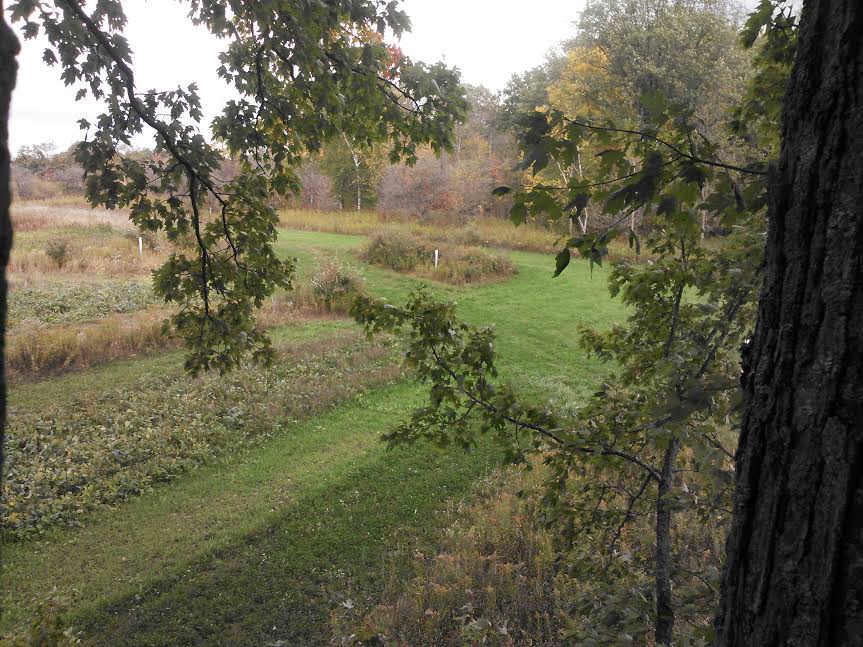yoderjac
5 year old buck +
I think as far north as you are, I don't blame you for doing straight brassica. When they need them, they really go at them, more than you can get in a mix. I'd just do strips of clovers, rye, and brassica. I wouldn't overlook pumpkins/squash, been a pretty good addition for me.
You can get just as much by mixing and simply planting more acreage. Some folks are acreage limited and others are not.




